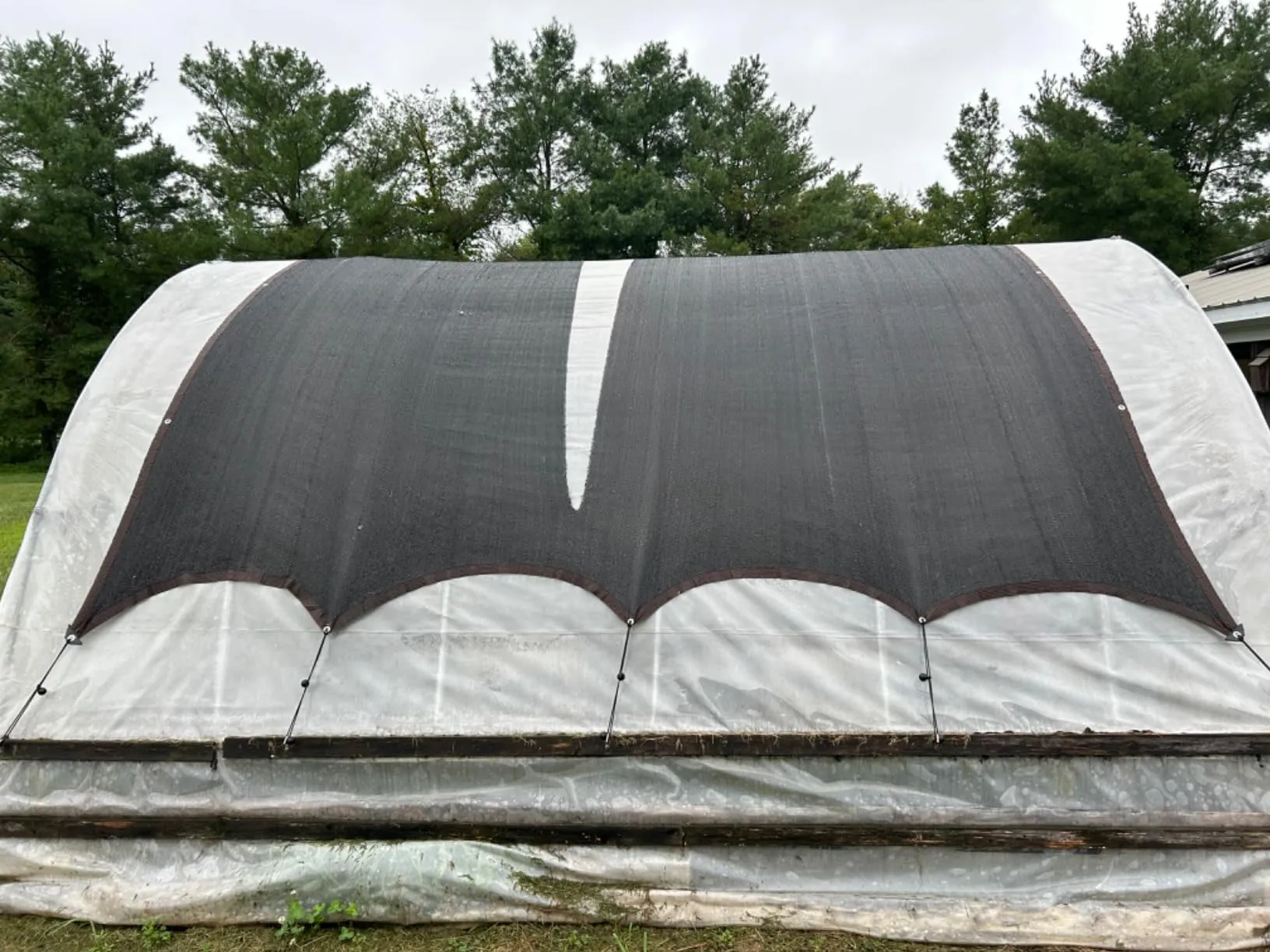-
 Afrikaans
Afrikaans -
 Albanian
Albanian -
 Amharic
Amharic -
 Arabic
Arabic -
 Armenian
Armenian -
 Azerbaijani
Azerbaijani -
 Basque
Basque -
 Belarusian
Belarusian -
 Bengali
Bengali -
 Bosnian
Bosnian -
 Bulgarian
Bulgarian -
 Catalan
Catalan -
 Cebuano
Cebuano -
 China
China -
 Corsican
Corsican -
 Croatian
Croatian -
 Czech
Czech -
 Danish
Danish -
 Dutch
Dutch -
 English
English -
 Esperanto
Esperanto -
 Estonian
Estonian -
 Finnish
Finnish -
 French
French -
 Frisian
Frisian -
 Galician
Galician -
 Georgian
Georgian -
 German
German -
 Greek
Greek -
 Gujarati
Gujarati -
 Haitian Creole
Haitian Creole -
 hausa
hausa -
 hawaiian
hawaiian -
 Hebrew
Hebrew -
 Hindi
Hindi -
 Miao
Miao -
 Hungarian
Hungarian -
 Icelandic
Icelandic -
 igbo
igbo -
 Indonesian
Indonesian -
 irish
irish -
 Italian
Italian -
 Japanese
Japanese -
 Javanese
Javanese -
 Kannada
Kannada -
 kazakh
kazakh -
 Khmer
Khmer -
 Rwandese
Rwandese -
 Korean
Korean -
 Kurdish
Kurdish -
 Kyrgyz
Kyrgyz -
 Lao
Lao -
 Latin
Latin -
 Latvian
Latvian -
 Lithuanian
Lithuanian -
 Luxembourgish
Luxembourgish -
 Macedonian
Macedonian -
 Malgashi
Malgashi -
 Malay
Malay -
 Malayalam
Malayalam -
 Maltese
Maltese -
 Maori
Maori -
 Marathi
Marathi -
 Mongolian
Mongolian -
 Myanmar
Myanmar -
 Nepali
Nepali -
 Norwegian
Norwegian -
 Norwegian
Norwegian -
 Occitan
Occitan -
 Pashto
Pashto -
 Persian
Persian -
 Polish
Polish -
 Portuguese
Portuguese -
 Punjabi
Punjabi -
 Romanian
Romanian -
 Russian
Russian -
 Samoan
Samoan -
 Scottish Gaelic
Scottish Gaelic -
 Serbian
Serbian -
 Sesotho
Sesotho -
 Shona
Shona -
 Sindhi
Sindhi -
 Sinhala
Sinhala -
 Slovak
Slovak -
 Slovenian
Slovenian -
 Somali
Somali -
 Spanish
Spanish -
 Sundanese
Sundanese -
 Swahili
Swahili -
 Swedish
Swedish -
 Tagalog
Tagalog -
 Tajik
Tajik -
 Tamil
Tamil -
 Tatar
Tatar -
 Telugu
Telugu -
 Thai
Thai -
 Turkish
Turkish -
 Turkmen
Turkmen -
 Ukrainian
Ukrainian -
 Urdu
Urdu -
 Uighur
Uighur -
 Uzbek
Uzbek -
 Vietnamese
Vietnamese -
 Welsh
Welsh -
 Bantu
Bantu -
 Yiddish
Yiddish -
 Yoruba
Yoruba -
 Zulu
Zulu
mist net
Exploring the Features and Impact of Mist Netting in Wildlife Research
Mist netting is a widely used technique in wildlife research, particularly in the study of birds, bats, and other small animals. This method involves deploying fine mesh nets that are virtually invisible to the animals, allowing researchers to capture and safely handle them for various purposes. Mist netting has become an essential tool for ecologists and conservationists, facilitating critical data collection about species populations, behavior, and habitats.
Understanding Mist Netting
Mist nets are made of a lightweight material that resembles a curtain with fine mesh holes, making it difficult for animals to see. They are typically used in areas where researchers expect to encounter target species. Setting up the nets requires strategic planning, often placing them near food sources, roosting sites, or along migratory paths. Once a mist net is deployed, researchers monitor it regularly to ensure the timely release of captured animals, minimizing stress and potential harm.
The primary goal of mist netting is to capture animals for banding, measuring, and health assessments. Each captured specimen is often fitted with a unique band or tag, allowing researchers to track movements and survival rates. In addition, standard measurements such as weight, wing length, and age can be recorded, contributing to a better understanding of species demographics and health.
Contributions to Wildlife Research
Mist netting plays a crucial role in avian studies, particularly in migration research. By capturing birds at strategic locations during migration seasons, researchers can gather valuable data on migration patterns, population dynamics, and even the impacts of climate change. Such data is vital for informing conservation strategies, as it helps identify declining species and their threatened habitats.
mist net

In the context of bat studies, mist netting has also proven indispensable. Bats, often elusive and nocturnal, require specialized approaches for their study. Mist nets placed near water bodies or among trees at dusk can effectively capture bats, allowing researchers to assess their species diversity and health. In recent years, light-emitting devices have been integrated with mist nets, attracting insects that, in turn, attract bats, enhancing capture success rates.
Moreover, mist netting provides insights into the effects of environmental changes. For instance, studies have shown how habitat loss, urbanization, and climate shifts affect bird populations. Scientists utilize data harvested through mist netting to monitor the health of ecosystems and the effectiveness of conservation efforts. This real-time data can drive policy changes and promote habitat restoration initiatives.
Ethical Considerations
Despite its advantages, mist netting is not without controversy. Concerns regarding the potential stress and injury to captured animals have raised ethical questions. To mitigate these concerns, researchers are trained in humane capture and handling techniques. The use of mist nets is regulated in many jurisdictions, requiring permits and adherence to ethical guidelines. Furthermore, ongoing advancements in net technology and capturing methods aim to improve capture efficiency while reducing impacts on wildlife.
Conclusion
In conclusion, mist netting serves as a vital technique for ecological and conservation research, yielding essential data on species population dynamics, behavior, and the health of ecosystems. While ethical concerns must be addressed, the benefits of this method in enhancing our understanding of wildlife cannot be overstated. As researchers continue to refine mist netting practices and technologies, its role in wildlife conservation will undoubtedly remain significant, providing critical insights that drive effective conservation strategies and ensure the protection of biodiversity for future generations. Through careful implementation and respect for animal welfare, mist netting can continue to illuminate the complexities of wildlife ecology and contribute to our global conservation efforts.
-
Shipping Plastic Bags for Every NeedNewsJul.24,2025
-
Safety Netting: Your Shield in ConstructionNewsJul.24,2025
-
Plastic Mesh Netting for Everyday UseNewsJul.24,2025
-
Nylon Netting for Every UseNewsJul.24,2025
-
Mesh Breeder Box for Fish TanksNewsJul.24,2025
-
Expanded Steel Mesh Offers Durable VersatilityNewsJul.24,2025











